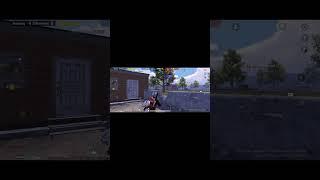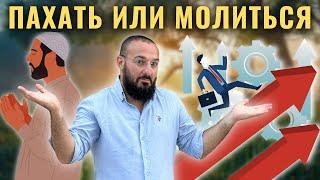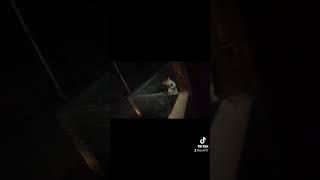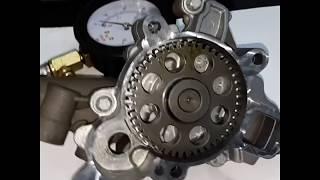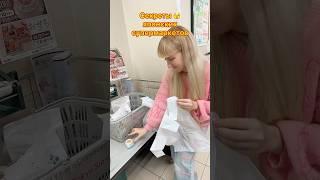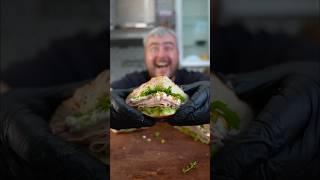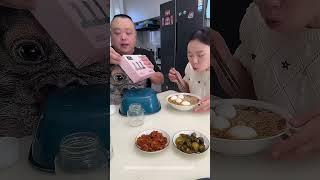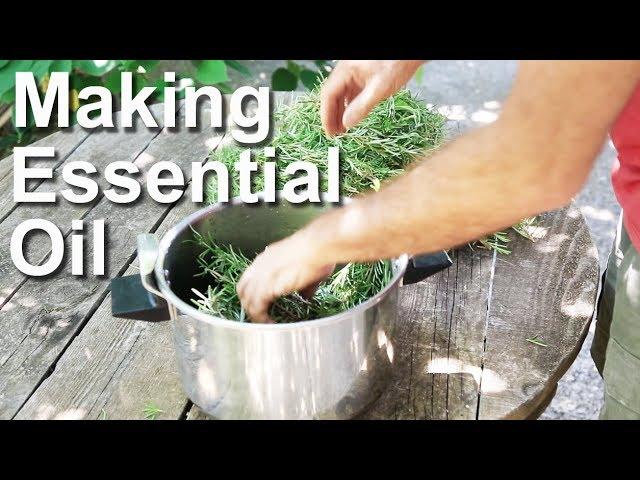
Essential Oil Distillation Home Made , Rosemary - Huile Essentielle Distillation Maison, Romarin
In this video I show my very simple home made distillery for essential oils and distill rosemary oil. I use a pressure cooker, some copper pipe and a pot (for the condenser). Simple to put together and easy to run. (see below for more information)
Where to get the equipment:
- The cooking pot is as pressure cooker: Try googling "pressure cooker" or "cocotte minute" (in French) You want one that has a removable safety valve. I have an older version of this model, Seb Autocuiseur Inox P0531600 Authentique 10L , new they can be expensive. You may know someone that has one and no longer uses it, that is how I found mine.Not that even though this pot is called a pressure cooker, I don't use the pressure cooker function as there is no pressure created during the process, due to the face that the steam has an outlet through the condenser.
- Condenser:You will have to make this. I was given this by someone that no longer used it ! To make it you will need: - a 10 liter pot (or more) - Small diameter coiled copper piping. Sometimes when you buy copper piping it is already coiled. (Other wise there are many tutorials on You Tube as to how to coil copper piping(.- Some epoxy paste to join the pipe where it leaves the pot.
Connection from pressure cooker to condenser:
- I used a flexible plumbing pipe, it is what I had and happened to fit perfectly without and special joining. Though this works it is not the best solution as the inside of the flexible wire mesh pipe is rubber/plastic. Best would be copper.
Making the oil:
- a fifth of the pressure cooker is filled with water
- I used fresh cut rosemary (a fully packed pressure cooker - about 3 - 4 KG)
- the rosemary is placed on a vegetable steamer basket (stainless steel, folding and collapsible for various size pots)
- the condenser is filled with cold water, I also added blocks of ice and periodically removed the surface hot water and replaced it with cold water and more ice (if I had it) so that the condenser stays cool (needs to stay cool for the condensation process to work.
- I turn the gas on, after a short time the water begins to boil
- the steam coming out of the pressure cooker is condensed in the condenser to a liquid form.
- after a few minutes of distillate production a fine layer of oil begins to form on top of the water (this is the essential oil)
Temperatures:
- as I used no thermometer I have no idea of the actual temperatures in the different elements and during the process.
What comes out of the condenser are two liquids:
1: A large quantity of hydrolat (also known as distillate water or floral water) the hydrolat is slightly perfumed, it is a watery solution.
2: a small quantity of essential oil, this "floats" on top of the watery hydrolat
How to separate the essential oil from the water:
- The essential oil "floats" on top of the water. I used a syringe to remove the water from the oil, then the syringe with a needle to get the oil an put it in a small container.
Quantity of essential oil:
- the full 10 litre pressure cooker gave about 5ml of rosemary essential oil
Distillation time:
- the distillation process takes about 45 minutes
Uses of hydrolat and essential oil:
- there are many uses for the two byproducts, hydorlat and essential oil, of the distillation process. Please use Google to find out the different uses. Or consult your naturopath.
#essentialoil #distillation #rosemary
Where to get the equipment:
- The cooking pot is as pressure cooker: Try googling "pressure cooker" or "cocotte minute" (in French) You want one that has a removable safety valve. I have an older version of this model, Seb Autocuiseur Inox P0531600 Authentique 10L , new they can be expensive. You may know someone that has one and no longer uses it, that is how I found mine.Not that even though this pot is called a pressure cooker, I don't use the pressure cooker function as there is no pressure created during the process, due to the face that the steam has an outlet through the condenser.
- Condenser:You will have to make this. I was given this by someone that no longer used it ! To make it you will need: - a 10 liter pot (or more) - Small diameter coiled copper piping. Sometimes when you buy copper piping it is already coiled. (Other wise there are many tutorials on You Tube as to how to coil copper piping(.- Some epoxy paste to join the pipe where it leaves the pot.
Connection from pressure cooker to condenser:
- I used a flexible plumbing pipe, it is what I had and happened to fit perfectly without and special joining. Though this works it is not the best solution as the inside of the flexible wire mesh pipe is rubber/plastic. Best would be copper.
Making the oil:
- a fifth of the pressure cooker is filled with water
- I used fresh cut rosemary (a fully packed pressure cooker - about 3 - 4 KG)
- the rosemary is placed on a vegetable steamer basket (stainless steel, folding and collapsible for various size pots)
- the condenser is filled with cold water, I also added blocks of ice and periodically removed the surface hot water and replaced it with cold water and more ice (if I had it) so that the condenser stays cool (needs to stay cool for the condensation process to work.
- I turn the gas on, after a short time the water begins to boil
- the steam coming out of the pressure cooker is condensed in the condenser to a liquid form.
- after a few minutes of distillate production a fine layer of oil begins to form on top of the water (this is the essential oil)
Temperatures:
- as I used no thermometer I have no idea of the actual temperatures in the different elements and during the process.
What comes out of the condenser are two liquids:
1: A large quantity of hydrolat (also known as distillate water or floral water) the hydrolat is slightly perfumed, it is a watery solution.
2: a small quantity of essential oil, this "floats" on top of the watery hydrolat
How to separate the essential oil from the water:
- The essential oil "floats" on top of the water. I used a syringe to remove the water from the oil, then the syringe with a needle to get the oil an put it in a small container.
Quantity of essential oil:
- the full 10 litre pressure cooker gave about 5ml of rosemary essential oil
Distillation time:
- the distillation process takes about 45 minutes
Uses of hydrolat and essential oil:
- there are many uses for the two byproducts, hydorlat and essential oil, of the distillation process. Please use Google to find out the different uses. Or consult your naturopath.
#essentialoil #distillation #rosemary
Тэги:
#distiallation_d'huile_essentiel_fait_maison #essential_oil_distillation #home_made_distillery_for_essential_oil #rosemary_essential_oil #distillation_huile_essentiel #home_made_essential_oil_distillery #distillation_of_essential_oils #Distillerie_d'huile_essential_fait_maison #Romarin #rosemary #huile_essentiel_de_romarinКомментарии:
Paris France Christmas Walk Tour 4K HDR
Explore France
Three Zero MDLX Sideswipe
Bobby Skullface
High ISO can look good
Matti Sulanto
PAGAR NUSA PAC TAMBAKREJO KONDUSIF dan TAAT ATURAN
Adit Jurnal Gagak
Start Offering Site Migrations to your Clients Today
Payton Clark Smith

